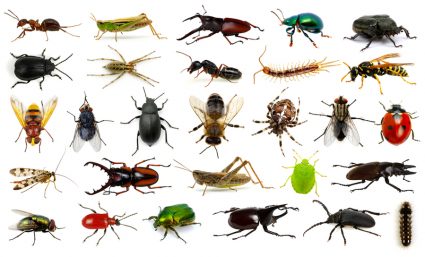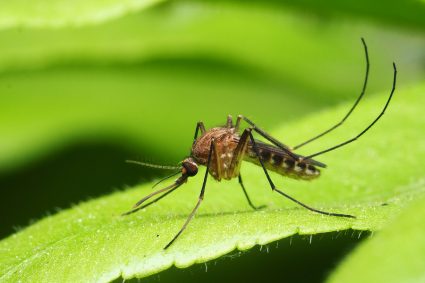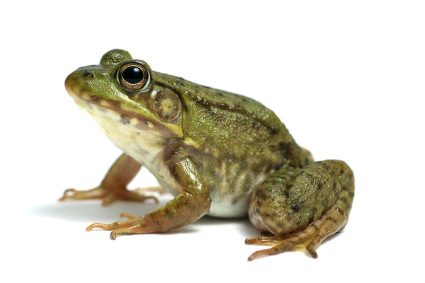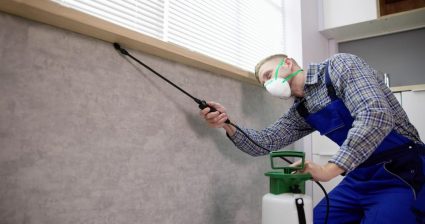
Roundup is a well-known herbicide that has been used widely in both agricultural and non-agricultural settings to control weeds. But the question that often comes up is – does Roundup kill crabgrass? The answer is a resounding yes. Roundup® For Lawns Crabgrass Destroyer₁ is specifically designed to target and eliminate crabgrass, as well as other tough grassy weeds.
Yes, Roundup does kill crabgrass. Roundup® For Lawns Crabgrass Destroyer₁ is specifically designed to target and eliminate crabgrass. However, it should be used responsibly, following all safety guidelines to ensure the health of your lawn and the environment.
What is Roundup and How Does it Work?
Roundup is a brand name for a systemic, broad-spectrum glyphosate-based herbicide originally produced by Monsanto, which was acquired by Bayer in 2018. The primary purpose of Roundup is to control weeds. It achieves this by inhibiting a specific enzyme called 5-enolpyruvylshikimate-3-phosphate synthase (EPSP synthase) that is crucial for the production of aromatic amino acids, essential for plant growth. Without these amino acids, plants experience reduced growth, yellowing, and eventually die over several days or weeks.
What is Crabgrass?
Crabgrass is a term used to describe grasses belonging to the genus Digitaria. It is an annual grassy weed that germinates in the spring and spreads rapidly. Crabgrass is considered a nuisance because it is a rapid-growing, coarse-textured yellowish-green grass that is conspicuous when found growing among fine-textured, dark green cool-season turfgrasses.
Using Roundup to Kill Crabgrass
Scientifically proven to kill crabgrass, Roundup For Lawns contains herbicide active ingredients such as MCPA, quinclorac, dicamba, and sulfentrazone. These ingredients are effective against a broad range of weeds, including crabgrass, dandelion, and nutsedge. When used properly, it will not kill the desirable turfgrasses in the lawn.
To effectively kill crabgrass using Roundup, it should be applied to actively-growing weeds when daytime temperatures are between 45° and 90°F. It is essential to follow the product label instructions to ensure proper application and effectiveness.
Risks and Precautions
While Roundup is effective, it can harm non-target plants if it comes into contact with them. Therefore, it is crucial to follow the label instructions carefully and apply the herbicide only to the targeted crabgrass. Additionally, when using Roundup, it is advisable to wear protective gear, apply during optimal weather conditions, use the correct amount, and keep children and pets away from the treated area.
Alternatives to Roundup
If you’re looking for alternatives to Roundup, consider options like vinegar, herbicidal soaps, corn gluten meal, boiling water, mulching, solarization, or natural weed killers like Cheetah Pro.
In conclusion, Roundup can indeed kill crabgrass effectively. However, it is crucial to use it responsibly and follow all safety guidelines to ensure the health of your lawn and the environment.
Frequently Asked Questions
How long should I wait before watering the lawn after applying Roundup?
It is generally recommended to wait at least 24 hours after applying Roundup before watering your lawn. This gives the herbicide enough time to be absorbed by the plant.
Can Roundup harm pets or wildlife?
While Roundup is designed to be safe when used as directed, it is still a chemical that can be harmful if ingested or if it comes into contact with skin or eyes. It’s recommended to keep pets and wildlife away from the treated area until the product has dried completely.
When is the best time to apply Roundup for crabgrass control?
The best time to apply Roundup for crabgrass control is when the weed is young and actively growing, typically in the late spring or early summer. Also, it is best to apply during calm weather when rain is not expected for at least 24 hours.
Can I use Roundup on all types of lawns?
Roundup For Lawns is safe for use on most types of lawns, including Kentucky Bluegrass, Perennial Ryegrass, Fescue, and Zoysia. However, it is not recommended for use on Bahiagrass, Carpetgrass, Centipedegrass, or St. Augustinegrass as it may cause injury. Always check the product label for specific instructions.
How often should I apply Roundup for effective crabgrass control?
The frequency of application depends on the severity of the infestation. For minor infestations, a single application may be enough. However, for severe infestations, multiple applications may be required. Always follow the instructions on the product label.











